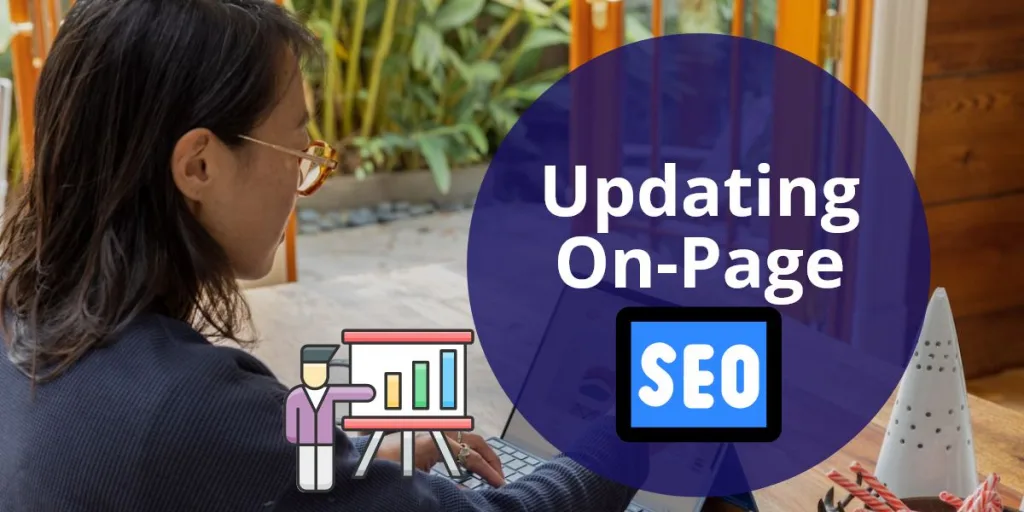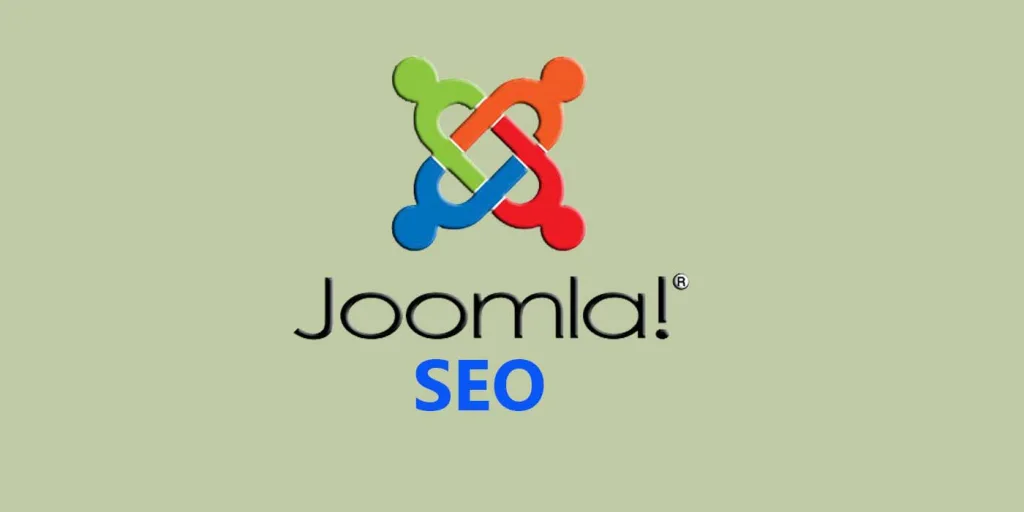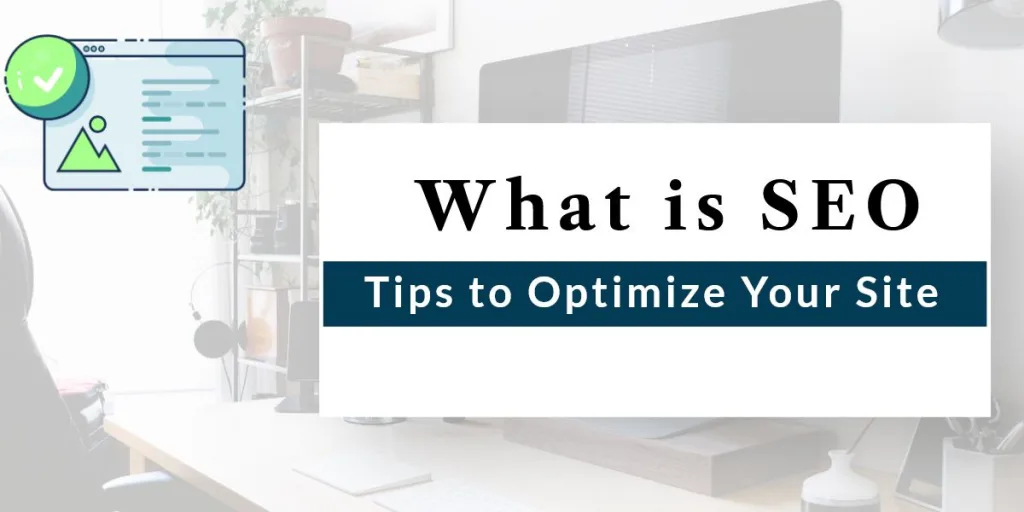Updating On Page SEO: The techniques for On-page SEO have changed a lot over the years. Google robots have become more intelligent now and very accurately reconginze, low quality content, poor onsite navigation or ad-heavy websites. The importance of social media as a ranking factor has also increased over time. These changes mean that you should review your on-page SEO.
Given below are some the important changes that you should introduce to your on page SEO to make it up to date. Moving forward, make use of these best practices.
Updating On Page SEO: Title Tag and H1 Tags
Still the most important tag on any page is the title tag. Your main keyword for the page should be included in the title. The brand name of your business should come after the post title, not before it. The second most important tag is the H1 tag. Try to include the keyword in your H1 tag too, if possible.
The importance of other tags on page has decreased now. Image alt tags, meta keyword tags etc and other similar tags are not making any big difference now. Thought having alt tags on your images is still important, it might not have a big effect on your SEO.
Internal Linking
Internal linking is important to improve users engagement on your website. This helps reduce the bounce rate, increases the time users spend on site and gives a general boost to your overall quality of website. This in turn gives a boost to your rankings in search engines. Internal linking also can be used to spread PageRank and link juice throughout the website.
Generally there should be between 3 to 5 categories. Any content you create should be adjusted in these categories. The content pages should link to your category pages and vice versa too.
Each page should also recommend related posts sections at the side or bottom. There are too many wordpress plugins that can easily achieve this for you. In fact, most paid and free wordpress themes provide related posts option out of box. Though there are many automated plugins to do this, it might also be a good idea to handpick these related posts to feature at the bottom.
Also link to other pages on your website from within the content along-with bottom of posts and at the sidebars. In-content links are given more weightage by Google.
The Importance of Making Recommendations in Your Posts
So you have managed to bring a visitor to read a post on your website by using promotion channels like guest blogging, article marketing, SEO, social media or paid advertisements. The first element of success of a website that you actually start getting visitors to read content on your web pages.
But what you can do to make your website a sticky one? How can you make these first visitors to spend more time while reading more content on your website and get these to take the step of signing up to your email list for updates and perhaps buying something later on?
One positive way of doing this using internal linking to connect your readers with the other content on your website that might be of interest to them. As you keep creating newer content for your website, there are increased chances that you might have already covered the topic under discussion with a different angle or you might have expanded on an existing post on your website.
So it will be a total waste if you do not link other content within your website which is similar to the one the reader is already reading. By internal linking you get two benefits. You not only are directly encouraging users to read even more content on your website but also helping search engines to index more pages on your website.
How many links ?
However, this does not mean that your internal links should be too many. As a general best practice, your internal links should be few (3-4 links per post ) and the links that are leaving your site should be even fewer. But it is also important at the same time that you do link to content internally when it is required.
If you keep your total number of links per page upto 60, you should be doing quite fine. But it is highly likely that your total links are way less than this limit, so you might need to do some work.
One good use of internal links is making recommendations to the visitors of your website about what else is available on your site that might be of interest to them. This means, they will stay longer on your website, they will read more content on your website and this will bring them closer to executing your call of action.
And one sure way of increasing your page rank is editing your existing pages and add recommendations to your readers. It becomes a lot easier to know what you should be linking to, if you keep an organized track of your content on website. And this can be done better if you have a comprehensive content strategy.
Updating On Page SEO – Best SEO Practices for Content
Google is in love with meaty, in-depth content. As a general rule, all content pieces on your website should be above 300 words. The importance of keyword density has decreased but it still has importance. But do not over-stuff keywords in your content. But main focus should be on providing high quality content. Solve people’s problems in your content and create a content that people truly wants to read again and again.
Website should not be ads stuffed. One of the ranking factors Google employs is the ad space versus content space. Do provide social media sharing buttons on every page. This is important not only for social media traffic but also for SEO reasons. Also add an image at least to improve quality of website. This increases time people spend on your website.



